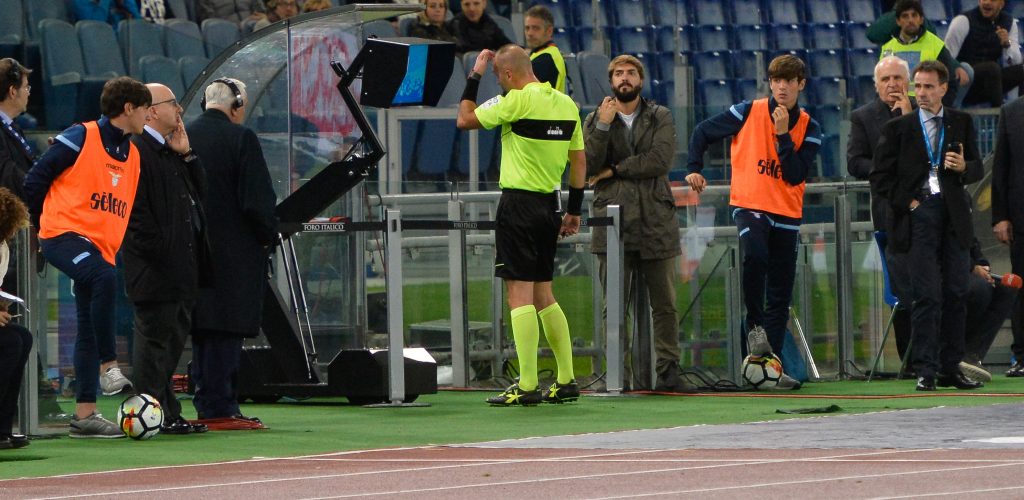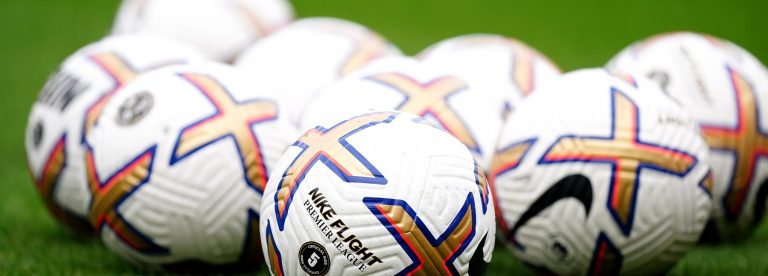Football
What can football learn from cricket’s VAR?

In recent football seasons, every time there has been a debatable refereeing decision, the clamour for better technology has grown. That clamour has risen in line with the increasing riches of the English Premier League and many of the other top leagues in Europe. Big refereeing decisions now not only cost teams points, they can cost them millions of pounds, too.
Comparing Cricket’s DRS with Football’s VAR
The biggest concern fans have about the use of VAR is that they can’t watch the same replays to reach their decisions. FIFA has said that it will be working with big screen operators to display the VAR system for fans to watch throughout all World Cup 2018 fixtures. But would that fix things?
Spectators pay good money to be able to watch live sporting events and they want to be kept up to speed with exactly what’s going on.
Football can really learn from cricket when it comes to embracing technology. Big screens at all the major cricket grounds now display the HawkEye technology that Third Umpires use to make review decisions. These displays make the crowd feel part of the reviews and make sure that fans are part of the action even on this level.
Cricket fans can also listen to the Third Umpires communicating with the on-field Umpire, explaining what the DRS is showing and the correct decision to be made. Spectators pay good money to be able to watch live sporting events and they want to be kept up to speed with exactly what’s going on. Now, compare that with how the confusion that surrounded Tottenham’s FA Cup tie with Rochdale turned off supporters from both sets of teams.
Like football, cricket has its fair share of black and white decisions to be made in a game. Whether a batsman is hit in line with the stumps, run out or caught behind are all clear-line decisions that can be made with the help of advanced tech. But while football can benefit from overturning “clear and obvious” refereeing errors such as disallowed goals and offside decisions, does this disrupt the flow of a match? It may harm a team’s momentum and thwart their chances of winning a match even if an overturned VAR decision goes in their favour.
VAR has been trialled in some FA Cup ties this season and in other top-tier fixtures in Italy and Germany. The trial has not been without controversy, that’s for sure. There was confusion aplenty in Tottenham’s 6-1 hammering of League One Rochdale in their FA Cup replay, with VAR consulted to make decisions about multiple free kicks and even the legitimacy of Son’s penalty kick. The combined delays led to six minutes of first-half injury time – and a chorus of boos ringing around Wembley Stadium.
Landmark approval of VAR for World Cup 2018
Despite the uncertainty and frustration about VAR technology as it stands, football’s lawmakers have voted to approve the use of VAR at the 2018 World Cup. It’s a decision that’s left many scratching their heads. That’s because UEFA has already confirmed it will not be using VAR in the 2018/19 Champions League, and nor is the Premier League.
However, France’s Ligue 1 will be using the technology from 2018/19 and the Bundesliga is soon to vote on whether or not its league will adopt VAR from 2018/19.
Football: Now more than just a game
At its core, VAR is designed to stop unfairness caused by clear and obvious errors or serious missed incidents by the on-field referee and their assistants. Granted, football is now big business. Sky purchased four of the five best Premier League TV packages for the next three seasons at an eye-watering £3.57 billion. The TV money is serving to make the gap between the Premier League haves and the have-nots ever-wider. Imagine a clearly incorrect refereeing decision going against a team in the Championship play-off final. The consequences could be huge for teams that spend big to get a taste of the top-flight riches.
More than 1,000 football matches have now been played with VAR, and the figures are overwhelmingly in favour of its adoption. Games covered by VAR see the accuracy rates of all decisions increase from 93% to almost 99%. DRS was introduced to cricket to eradicate “howler” umpiring decisions from the game and VAR has the potential to do just that for football. However, developing a VAR system that doesn’t have a negative impact on the emotion and excitement of the beautiful game should be number one priority.







